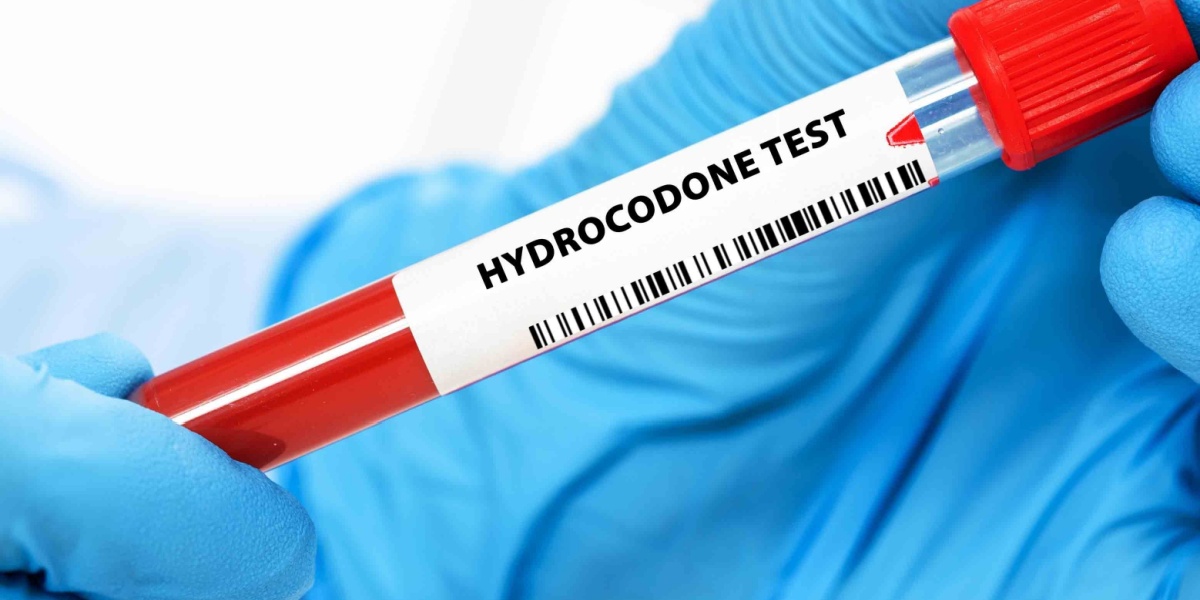Hydrocodone is a form of opioid pain relief that is widely misused for its powerful dissociative and euphoric effects. [1]
Growing concerns about the impact of hydrocodone misuse have resulted in the rapid expansion of drug testing by law enforcement and addiction treatment providers. Understanding the evidence behind hydrocodone testing is essential to dispel common myths, allowing you to make informed decisions about your health.
The table below shows estimated hydrocodone detection times by drug test type.
| Drug Sample Type | Hydrocodone Detection Time |
|---|---|
| Urine | Up to 3 days after use |
| Blood | Up to 2 days after use |
| Saliva | Up to 36 hours after use |
| Hair | Up to 90 days after use |
We do not advocate the misuse of substances. However, those who do should be able to access information that supports harm reduction. This information is not intended to replace professional medical advice. If you or a loved one is concerned about the impact of hydrocodone misuse, seek support from your healthcare provider.
- Hydrocodone is a form of opioid pain relief that is widely misused for its euphoric effects.
- The length of time hydrocodone can be detected in urine, blood, and saliva tests varies greatly from person to person.
- There is no way to speed up the clearance of hydrocodone from the body.

How long does hydrocodone stay in your system?
Information about how long hydrocodone remains in the body is conflicting and depends on various factors. In general, immediate-release hydrocodone remains in your system for around 1 day. Extended-release hydrocodone stays in your system for longer, on average, 2-3 days. [2][3]
The exact amount of time that hydrocodone remains in your system is dependent on two key factors: [4]
- Hydrocodone half-life (impacted by drug properties and individual metabolic differences)
- The amount (or dose) of hydrocodone taken
Hydrocodone half-life
When trying to understand drug clearance and detection times, it is important to take some time to explore the concept of ‘half-life.’ In medicine, half-life refers to the length of time required for a drug's concentration to decrease to half its starting dose in the body. Half-life is impacted by the chemical composition of the drug and how efficiently the body is able to process it. [4]
The average half-life of immediate-release hydrocodone is 3.8-4.5 hours. The half-life of extended-release hydrocodone is roughly double this, at 7-9 hours. [5][6]
How long do hydrocodone effects last?
Immediate-release hydrocodone is usually taken every 4-6 hours as needed to achieve effective pain relief. Extended-release hydrocodone is usually prescribed to be taken every 12 hours. [3]
Hydrocodone detection by test type
Many sources online give a drug detection ‘window’ that includes the minimum amount of time before a drug can be detected. In reality, this minimum value is based on individual lab and jurisdiction guidelines on a ‘cut-off’ amount of the drug that needs to be present to indicate a positive test result.
High-sensitivity testing can detect hydrocodone in urine, blood, and saliva within minutes. For this reason, we have not included minimum detection times in this article.
Hydrocodone detection in urine
Urine testing is the most common form of drug testing used in law enforcement and substance misuse clinics. On average, hydrocodone can continue to be detected in urine for up to 3 days after the last dose taken. [5]
Hydrocodone detection in blood
The detection timeline for hydrocodone in blood is shorter than that of urine, as the body processes and converts the drug faster than the kidneys can eliminate it. Immediate-release hydrocodone can generally be detected in blood tests for up to 1 day after the last dose. This increases to 2 days for extended-release hydrocodone. [7]
Hydrocodone detection in saliva
Saliva testing is not as widely used as urine or blood testing and usually requires another form of test to confirm findings. Hydrocodone can usually be detected in saliva/oral fluid for up to 2 days. [8]
Hydrocodone detection in hair
Hair testing is rarely used outside of clinical studies. Like many other drugs, how long the evidence of hydrocodone use remains in hair is linked to an individual’s hair growth rate. This means that, on average, it is generally detectable for up to 90 days. [9]
Factors that affect hydrocodone detection time
The hydrocodone detection time values in this article are estimates based on the best available evidence. The actual length of time that hydrocodone can be detected varies from person to person, depending on several factors, including: [10]
- The amount (or dose) of hydrocodone taken
- Whether immediate- or extended-release hydrocodone is taken
- How often you take hydrocodone
- The presence of other drugs that impact the pathway used to metabolize hydrocodone in the liver
- How well your liver and kidneys work (commonly impacted by chronic diseases like diabetes and hepatitis)
- Your age, weight (including body fat percentage), and height
- Your individual genetics and metabolic performance
Safely eliminating hydrocodone from your system
There is no reliable way to speed up the processing and clearance of hydrocodone from the body. If you are misusing hydrocodone and wish to stop, you need to seek support from an addiction recovery treatment provider.
Stopping opioids suddenly can cause severe, potentially life-threatening withdrawal effects, including: [11]
- Severe nausea and vomiting
- Muscle pain
- Inability to sleep
- Fast breathing and heart rate
- High blood pressure and body temperature
- Excessive sweating
Managing hydrocodone withdrawal
Treatment providers will often prescribe methadone or buprenorphine as long-term opioid replacements. These medications can then be slowly tapered down whilst psychological therapies for addiction continue. [11]


-(1)-guide-detail.jpg?v=1756808686)
-guide-detail.jpg?v=1722501565)
-guide-detail.jpg?v=1722503514)